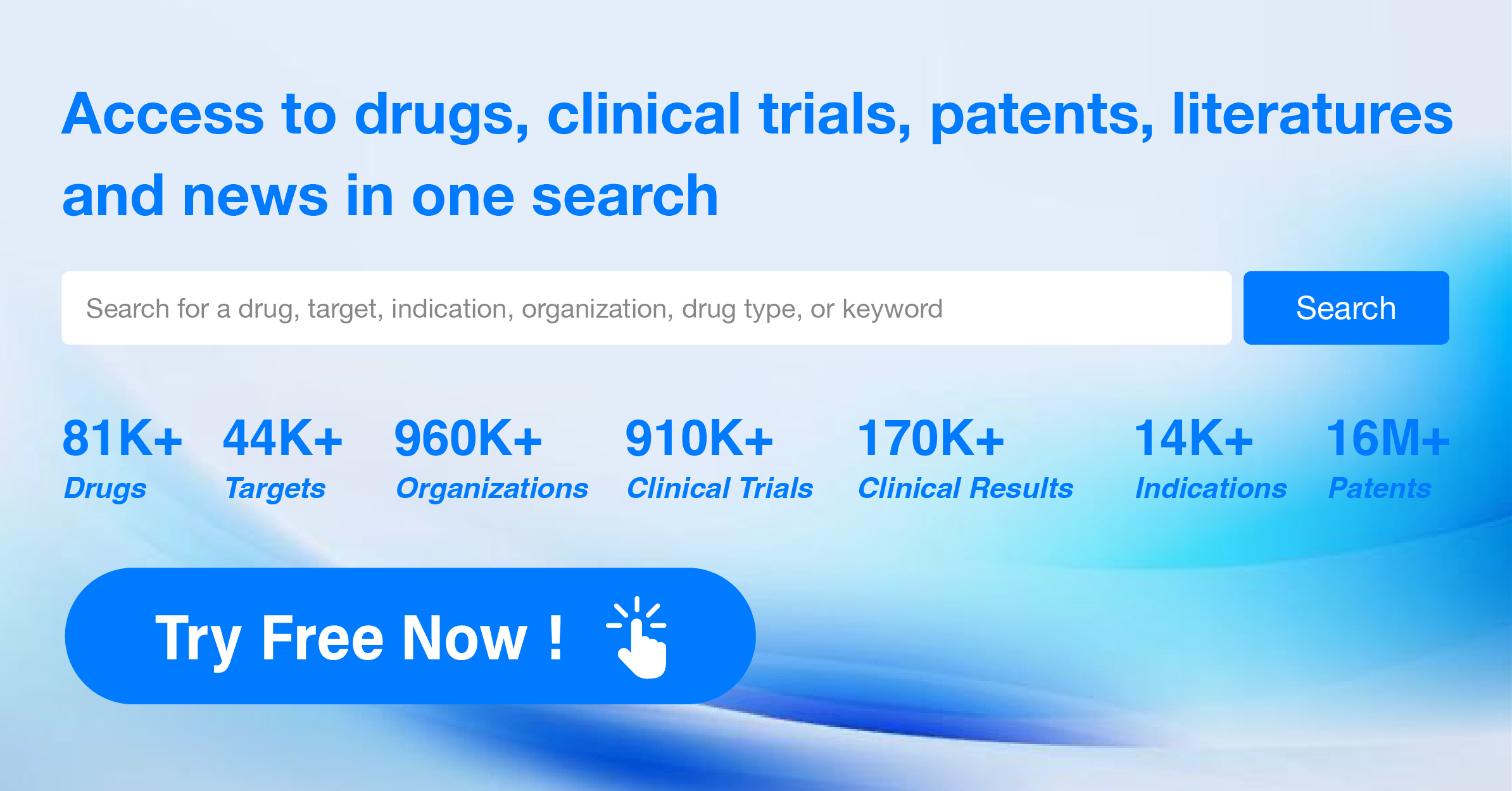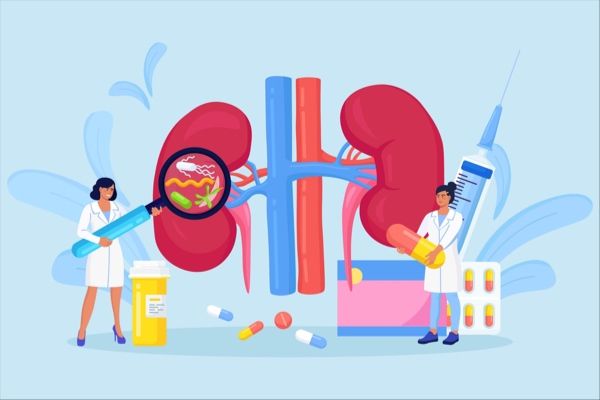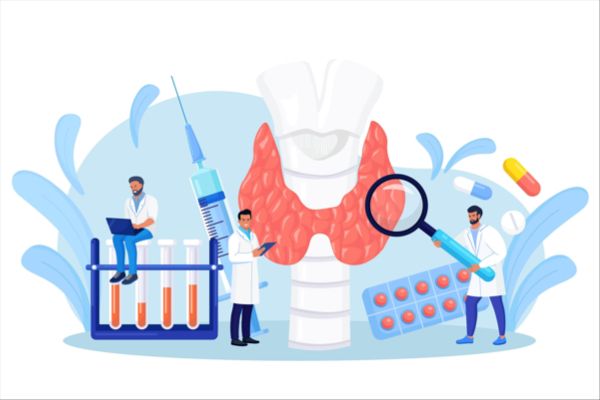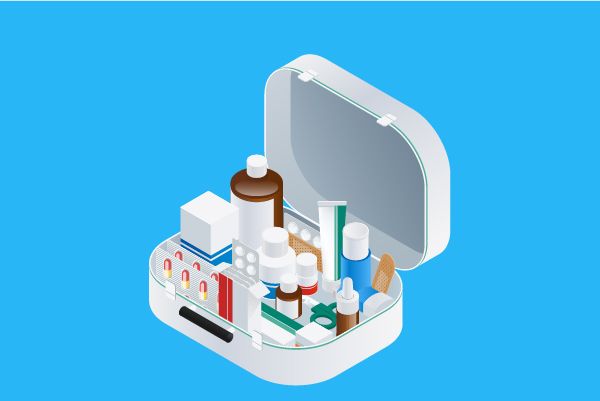What is Transdermal Administration?
Transdermal administration is a drug delivery method that involves the application of a medication on the skin to deliver therapeutic agents directly into the bloodstream. This route bypasses the traditional enteral pathway of absorption, which involves digestion and absorption through the gastrointestinal tract.
Key aspects of transdermal administration include:
·Route of Absorption: Medications are absorbed through the skin, specifically the dermis layer, and then enter the systemic circulation.
·Transdermal Patches: The most common form of transdermal administration is the use of patches or bandages that contain the medication. These patches are designed to release the drug at a controlled rate over time.
·Advantages: Transdermal delivery can provide a steady, continuous release of medication, which can help maintain a constant therapeutic level in the bloodstream and reduce the frequency of dosing. It can also minimize gastrointestinal side effects and first-pass metabolism in the liver.
·Limitations: Not all drugs are suitable for transdermal delivery due to factors such as molecular size, solubility, and the need for rapid therapeutic action. Additionally, the skin's barrier function can limit the rate and extent of absorption.
·Applications: Transdermal administration is used for a variety of medications, including nitroglycerin for angina, hormone replacement therapy (e.g., estrogen), pain relief (e.g., fentanyl), and some medications for the treatment of Parkinson's disease.
·Safety and Efficacy: The safety and efficacy of transdermal drug delivery depend on the formulation of the medication, the area of application, and individual patient factors such as skin type and condition.
·Patient Compliance: Transdermal patches are often preferred for their convenience and ease of use, which can improve patient compliance with long-term treatment regimens.
Transdermal administration offers an alternative to oral and injectable routes of medication, providing a non-invasive and often well-tolerated method for managing chronic conditions and delivering medications. It is an important consideration in the development of new drug delivery systems and the optimization of existing ones.




